This article on the SQL Delete is a part of the SQL essential series on key statements, functions and operations in SQL Server.
Read more »
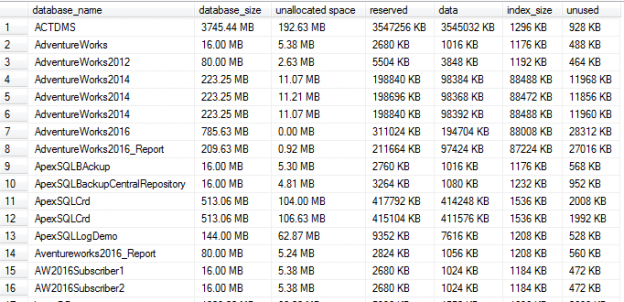


This article on the SQL Delete is a part of the SQL essential series on key statements, functions and operations in SQL Server.
Read more »

In this article, I’ll share some of the tricks and tips that I had to employ in order to successfully replicate Excel’ XY Scatter Report Chart.
Read more »
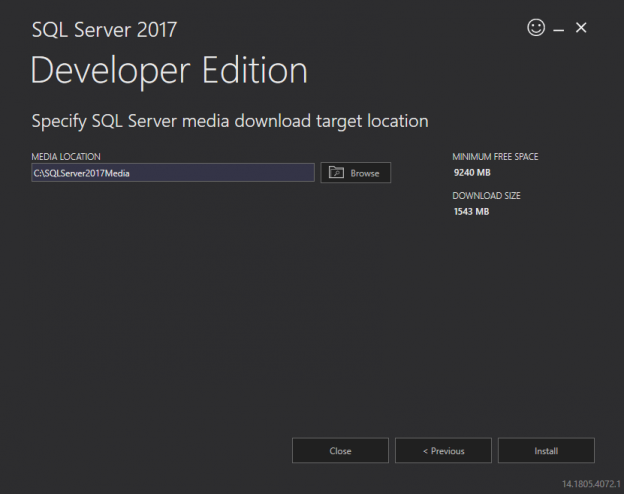
The R language is one of the most popular languages for data science, machine learning services and computational statistics. There are several IDEs that allow seamless R development. Owing to the growing popularity of the R language, R services have been included by Microsoft in SQL Server 2016 onwards. In this article, we will briefly review how we can integrate R with SQL Server 2017. We will see the installation process and will also execute the basic R commands in SQL Server 2017.
Read more »
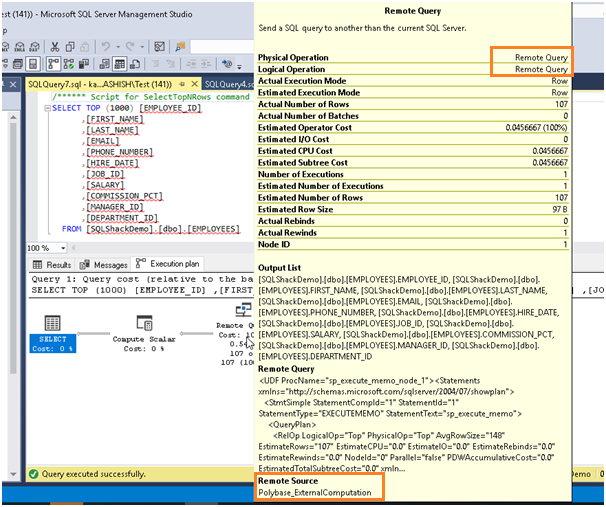
In the previous article of the series, we took an overview of PolyBase in SQL Server 2017. We also learned about the Azure Data Studio and SQL Server 2019 preview extension to explore SQL Server 2019 features.
Read more »
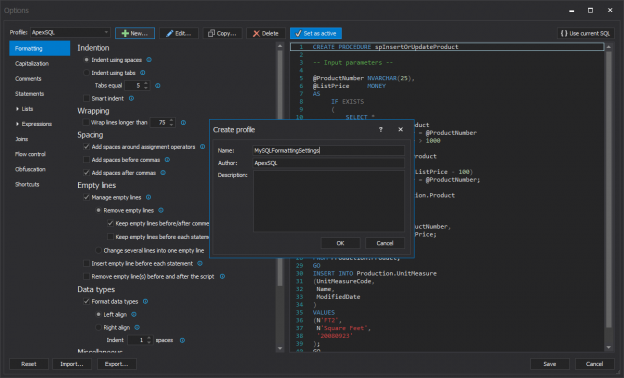
This article will provide a review of SQL code formatting using the SQL formatter options in SSMS
Nobody likes to read a large amount of text, even when it’s just a plain one. When reading SQL script where there is a large amount of non-formatted SQL code, the problem becomes even bigger.
Read more »
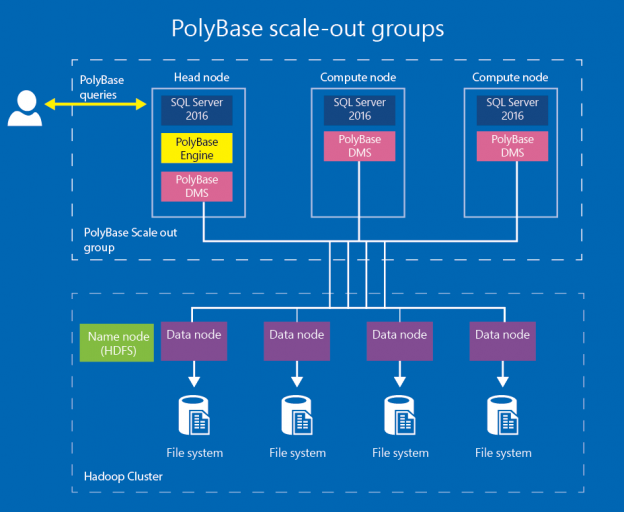
SQL Server 2019 is recently launched in the ignite 2018 event by Microsoft. We can get an overview of SQL 2019 preview version and learn how to install it on Windows environment by following up the article SQL Server 2019 overview and installation.
Read more »

This article will cover the process of analyzing and predicting/forecasting the size of a SQL backup as a means to better handle/manage retention of backups.
One of the main database management tenets is “Do not lose your data”. According to this; a database administrator incurs huge responsibilities to protect data. Under these circumstances, taking database backups and archiving SQL backup files is a key task for database administrators. In data protection strategy, taking database backups and archiving backup file processes play the leading role. Especially, backup planning is very significant for disaster recovery scenarios because backup file will be used for restore operation after any failure or data corruption. For this reason, every dba must generate recovery strategies for possible disaster scenarios and ensure that these scenarios can be solvable. At the same time, these backup files must be tested for data integrity; thus process provides to evaluate the recovery time and integrity of backup files. In this Backup and Restore (or Recovery) strategies for SQL Server database article you can find all details about backup and restore strategies.
Read more »
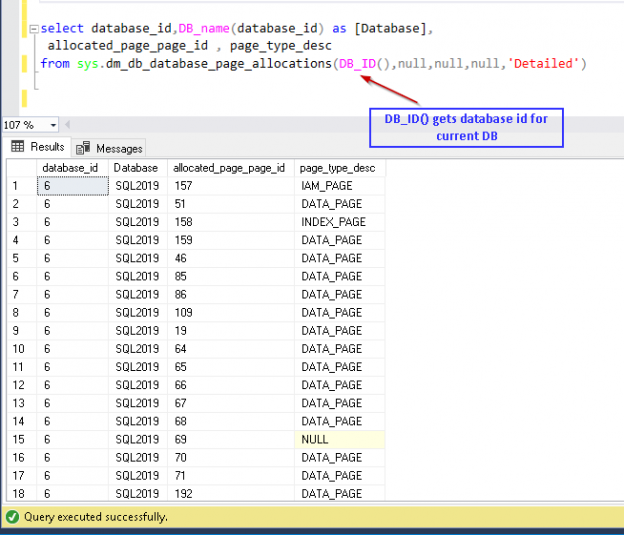
Microsoft released preview of SQL Server 2019 recently in Ignite 2018. With every release of SQL Server is enriched with new dynamic management view and functions along with enhancements to existing features.
In this article, we will view the newly introduced dynamic management function (DMF) sys.dm_db_page_info and explore the different scenarios around it.
Read more »

The SQL Join clause is one of the major components of the Select statement, which is used to pull data out of SQL Server
The Select keyword starts the statement. It’s often followed by a star (*) AKA splat as some DBAs call it.
Read more »

This article on the SQL Insert statement, is part of a series on string manipulation functions, operators and techniques. The previous articles are focused on SQL query techniques, all centered around the task of data preparation and data transformation.
Read more »

On September 24th, 2018, Microsoft launched SQL Server 2019 preview version (SQL Server vNext 2.0) in the ignite 2018 event. As you know, SQL Server 2017 is still being adopted by the organizations, we are now ready with this preview version.
Read more »
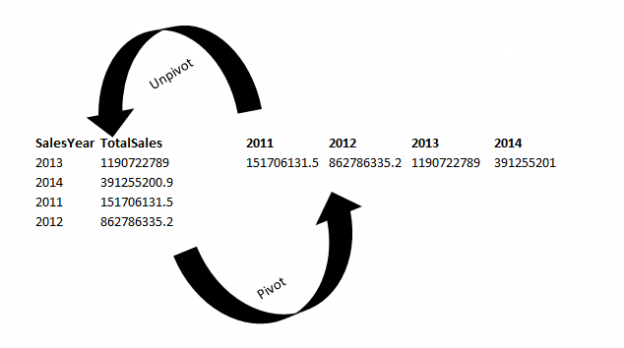
In this article, we’ll walk-through the SQL Pivot and SQL Unpivot operators and how they can be useful to transpose SQL Server data. Also, we’ll discuss both static and dynamic ways to use PIVOT and UNPIVOT relational operators that can be used to transform aggregated distinct values as column(s) in the result-set by specifying all the column values in the PIVOT IN clause.
Read more »
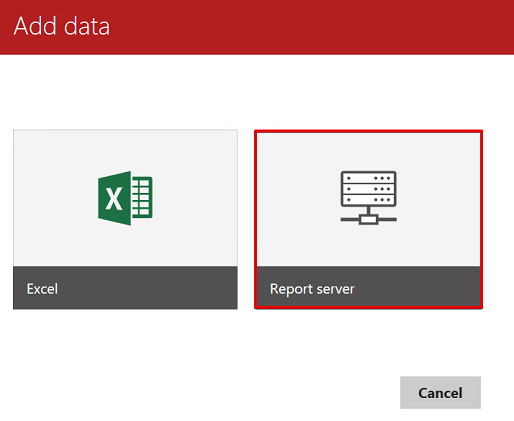
This article will explain detailed usage of parameters in mobile reports in SSRS. Parameterized reports are important because report readers want to filter and customize their report data with parameters and this option helps report readers to focus on particular data. A parameterized SSRS report uses parameters as an input value and filters the report data according to these parameters. In this article we will focus, in particular, on how to use parameters and data sources together and how can we manage the parameters in mobile SSRS reports.
Read more »
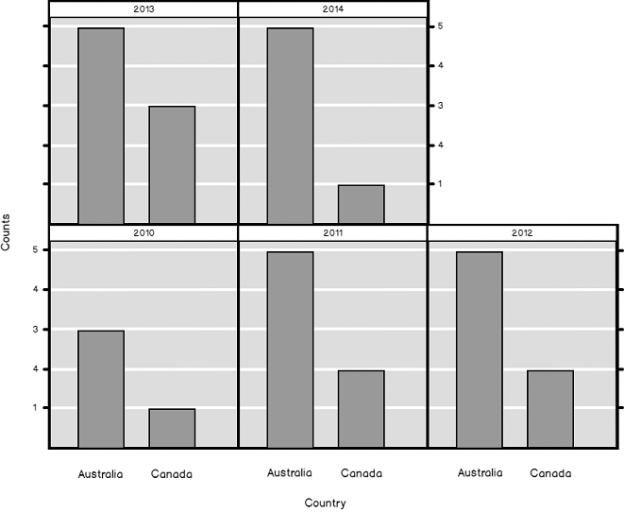
In data science, understanding and preparing data is critical, such as the use of the SQL pivot operation. In this article, in the series, we’ll discuss understanding and preparing data by using SQL transpose and SQL pivot techniques.
Read more »

In this article, we’ll look at how to create a Word cloud generator in Power BI Desktop, including importing data, customization and more.
In my last article, Power BI Desktop Interactive chord diagrams, we learned about customized visualizations in Power BI Desktop. These visualizations are free to install and we can use them with our data set and customize charts as per our requirements.
Read more »
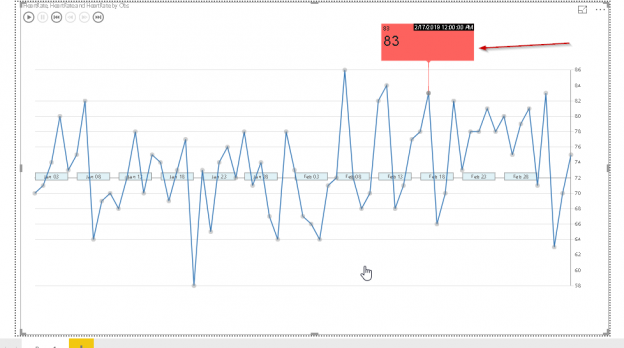
In my last article, Power BI Desktop Interactive chord diagrams, we underscored that Microsoft Power BI desktop has a rich set of customized visualization features. These visualizations can help to produce convert data to information in an efficient manner to an easy to understand format. We can freely download them from Microsoft AppSource
Read more »
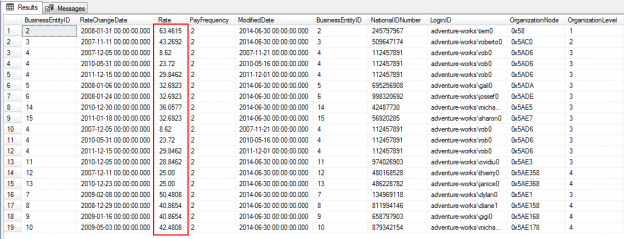
In this article, we’ll walk-through the SQL update statement to modify one or more existing rows in the table.
Read more »

In this article, we are going to learn how to use the SQL LIKE operator, in SQL Server, using regular expressions to find and/or manipulate text. We will start by learning the symbols and basic syntax of using wildcard regular expressions. We will use character sets and repetition expressions to create flexible matching patterns, and along the way, we’ll examine different ways to use the LIKE operator. And then, finally, in the latter part of the section, we will explore some of the most common and most useful regular expression examples.
Read more »
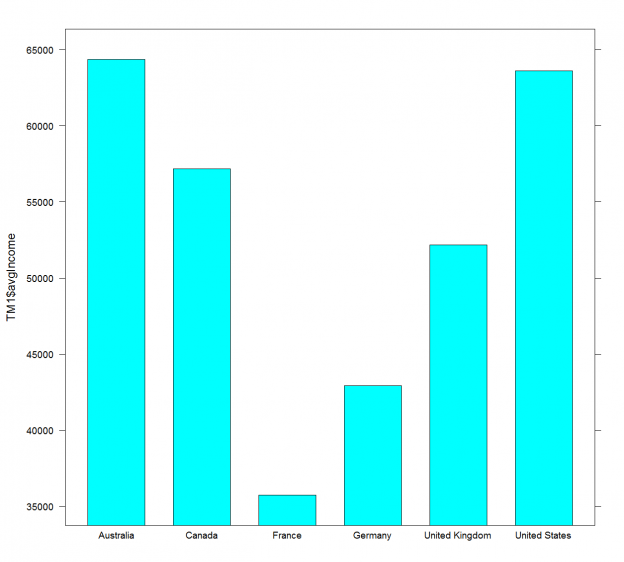
You might find the T-SQL GROUPING SETS I described in my previous data science article a bit complex. However, I am not done with it yet. I will show additional possibilities in this article. But before you give up on reading the article, let me tell you that I will also show a way how to make R code simpler with help of the dplyr package. Finally, I will also show some a bit more advanced techniques of aggregations in Python pandas data frame.
Read more »

Power BI desktop helps to create interactive reports and dashboards from a high and complex volume of the data. The Power BI desktop is an integrated tool where we can get the data from different sources.
Read more »
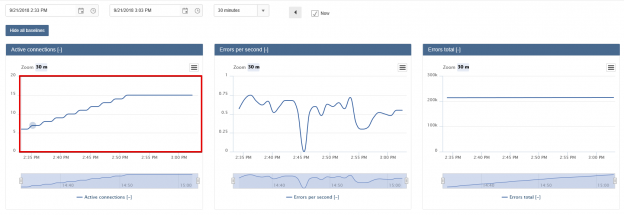
Performance monitoring is a very significant and essential topic for database or system administrators. This is no different with SSRS load testing. In some cases, performance problems can lead to significant system downtime. Most of the time in the background of the problem is having insufficient resources or improper settings. Therefore, before experiencing performance issues, we have to take some time to review preventive measures related to current system configurations or new installations. The load test (or stress test) is the most commonly used approach to tune systems before real-life staging conditions. Now we will discuss the details of load test, and in particular SSRS load testing.
Read more »
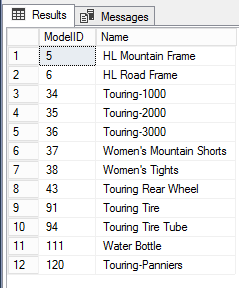
This article will provide a deep dive into the SQL Union operator, describing its many uses along with examples and explore some common questions like the differences between Union vs Union All.
Read more »
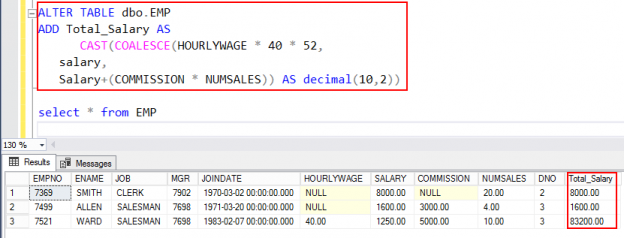
This article explores the string manipulation using SQL Coalesce function in SQL Server.
String manipulation is a process to generate another form of existing data in a way the business uses or displayed as results in the reports. Previous SQL string function articles, I have written, including SQL string functions for Data Munging and SQL Substring function overview discussed data preparation and data management tasks using built-in SQL Server string functions.
Read more »
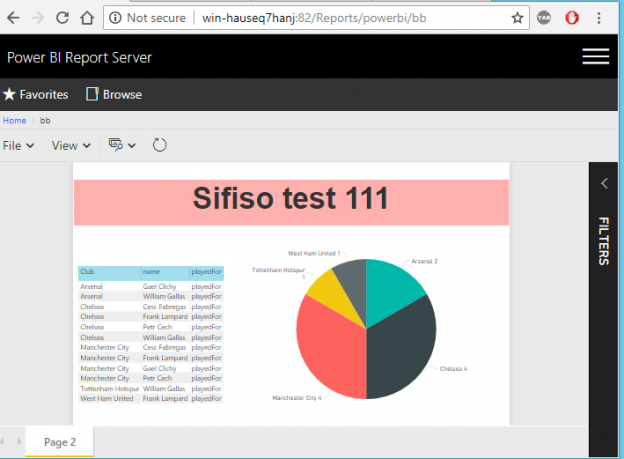
Every once in a while, teams from different functional areas of the business (i.e. business intelligence, software development, web development etc.) would join forces to form a cross-functional development team with a common goal of integrating a business intelligence artefact such as a SQL Server Reporting Services (SSRS) report into a front-end web application. There are many reasons for forming such a partnership including a lack of report-development skill by web developers, BI team owns a better reporting tool for data visualization, or maybe to prevent the software team from “reinventing the wheel” by developing a report that has already been produced elsewhere.
Read more »
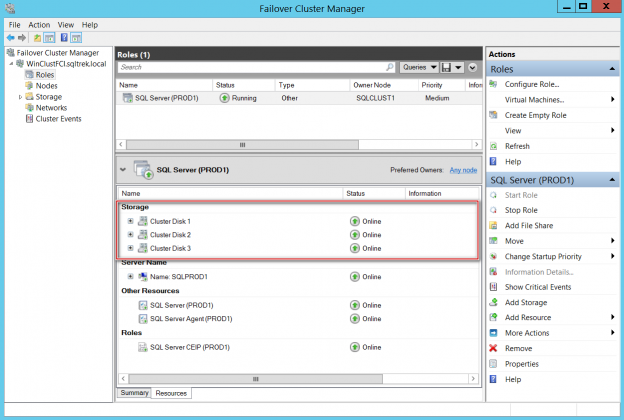
In the other article in this series: Deploy SQL Server for failover clustering with Cluster Shared Volumes – part 1 we have seen what a cluster shared volume is and what are the advantages and other considerations to keep in mind when deploying CSVs for SQL Server workloads. In this article, I will walk though actual installation of a failover cluster Instance leveraging CSVs.
Read more »© Quest Software Inc. ALL RIGHTS RESERVED. | GDPR | Terms of Use | Privacy